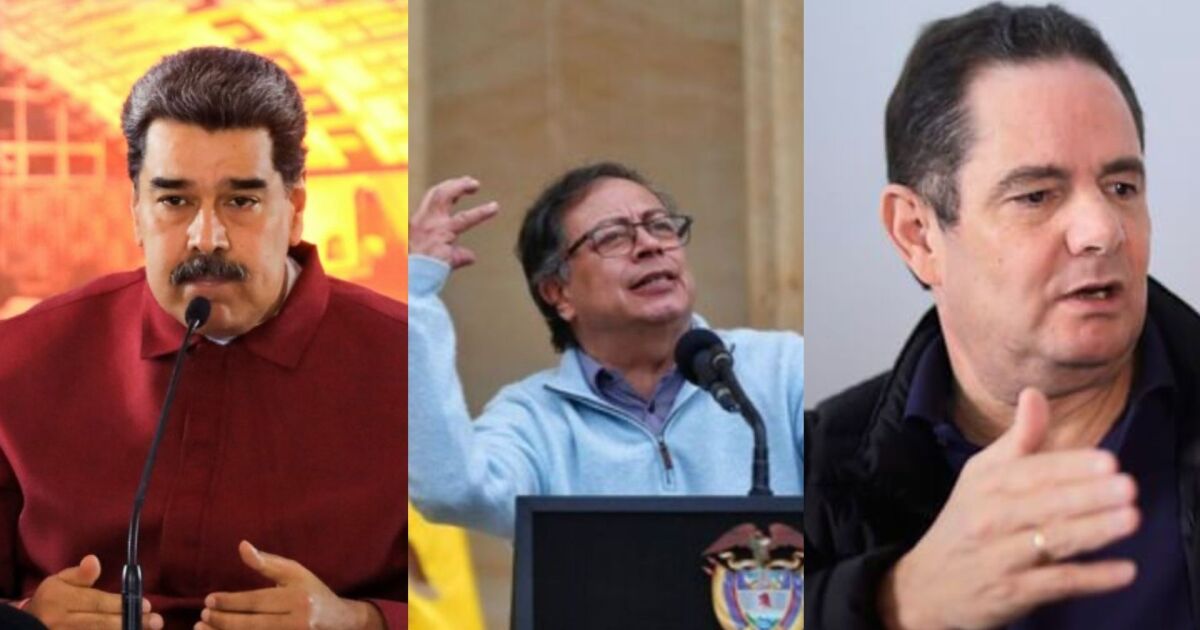
In the last 25 years, Venezuela has experienced two constituent processes, one in 1999, promoted by Hugo Chávez, and another in 2017, promoted by Nicolás Maduro. Analysts consulted by Noticias Caracol agree that in this last process Chavismo diluted parliament and appealed to popular associations to remain in power.
The 2017 constituent assembly served as a platform to perpetuate Chavismo in power, according to analysts. It had 545 assembly members. There were 364 by territorial vote, 173 by social sectors and 8 by indigenous communities.
By sectors, there were 79 workers, 28 pensioners, 24 students, 24 from communal councils, 8 farmers, 5 businessmen and 5 people with disabilities.
They say that their election took place under an arbitrary system, with weakened institutions and where pro-government candidates were privileged.
“It was not exactly an election, but a selection where there was no clarity about how these bases were formed. “It was a formula to be able to select a significant number of people to put together an assembly, limit and disappear the parliament in Venezuela.”Víctor Mijares, Venezuelan political scientist, pointed out in Noticias Caracol Ahora.
For analysts, the constituent assembly also served to replace the parliament, which was mostly opposition.
“What was sought with this constituent was to create a new National Assembly and remove the assembly elected in 2015 from circulation”explained Alejandro Martínez Ubieda, vice president of Colombian-Venezuelan citizen dialogue.
Experts say that the work did not focus on writing or drafting a new constitution. In fact, as a result of those three years of sessions, there was never a text or draft that modified the 1999 Venezuelan Constitution promoted by the late President Hugo Chávez and which served to legalize indefinite reelection.
Source: https://www.noticiascaracol.com/mundo/esta-fue-la-constituyente-de-maduro-la-que-quiere-hacer-petro-segun-vargas-lleras-rg10


